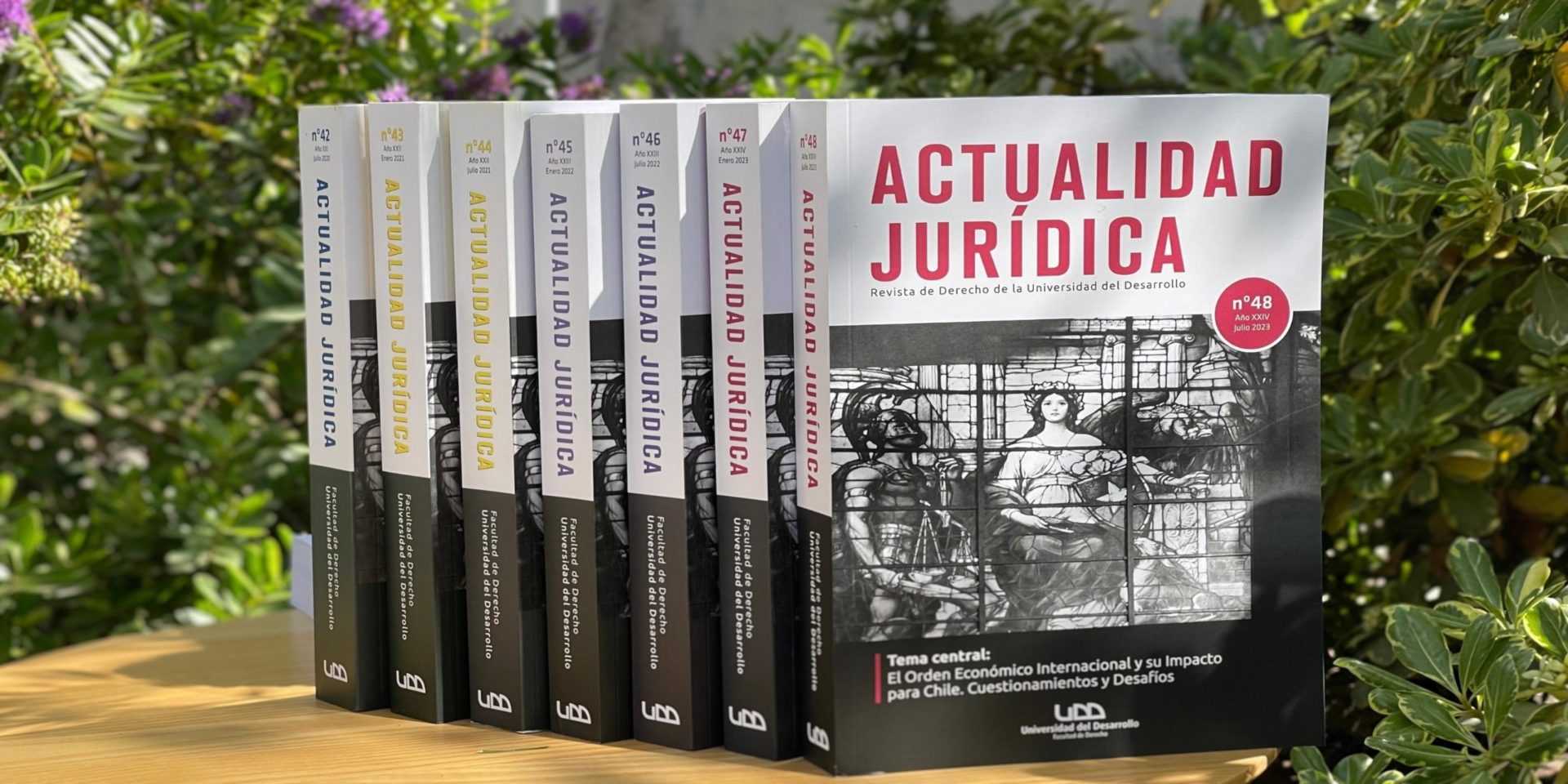Referéndum y procesos constituyentes: ¿extorsión electoral o veto ciudadano?
Resumen
En septiembre del año 2022, la ciudadanía rechazó el texto constitucional propuesto por la Convención Constitucional chilena mediante el denominado “plebiscito de salida”. Algunas críticas al diseño del proceso constituyente chileno se focalizaron en la necesidad de establecer un referéndum y en los problemas democráticos que dichos instrumentos pueden poseer.
Como dichos instrumentos no gozan de mucha popularidad en parte de la literatura especializada, las críticas al “plebiscito de salida” pueden poseer alguna justificación teóricamente interesante. Este ensayo argumenta que el referéndum cumplió un papel relevante desde una perspectiva democrática al estimular a los constituyentes a acercarse al votante mediano y al castigarlos por no cumplir con dicho objetivo. El problema procedimental de la Convención Constitucional chilena no estuvo en el diseño del referéndum, sino que en un reglamento que impedía a los convencionales revisar las propuestas aprobadas para acercarse a las preferencias de la mayoría de la ciudadanía. El voto de los ciudadanos al final del proceso sirvió como contrapeso al trabajo de la Convención.
Esta es, a juicio del autor, la función que mejor permite justificar la existencia de un referéndum.
Abstract
In September 2022, Chilean citizens rejected the Constitutional Convention’s proposal to replace the current Constitution with an “exit plebiscite”. Some criticisms against the design of the Chilean constitution-making
process focused on whether establishing a referendum was a good idea in the first place and whether the democratic problems of those instruments could take place in Chile. As mechanisms of direct democracy do not enjoy much popularity within part of the specialized literature, the criticisms against the Chilean referendum could have a persuasive justification. The author argues that the Chilean referendum fulfilled a relevant role from a democratic perspective. It stimulated constitution makers to attempt to align the norms they were proposing
with the preferences of the median voter and served the role of punishing them for not ultimately fulfilling their purpose. The procedural problem of the Convention was not so much in the design of the voting procedure to confirm the constitutional proposal, but in those rules of procedure that prevented constitution makers from revising the norms previously approved that were going against the preferences of the majority. The citizen’s veto power served as a check against the work of the Convention. This type of justification is a persuasive justification for the existence of a referendum in this type of setting.
